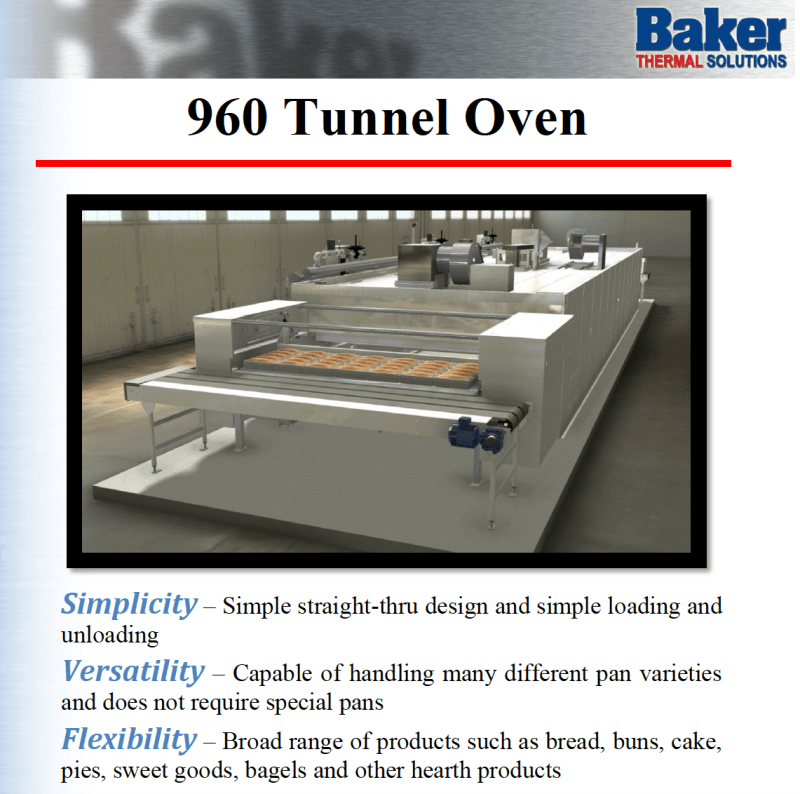OHIOMatt
Structural
- Oct 19, 2009
- 337
Link
As a structural engineer who has worked on similar structures, I have always assumed that this level of fire was a thing of the past in these types of structures. It will be interesting to see what comes out of the investigation and if this will lead to changes in the industry. These mega warehouses are popping up at a significant pace.
As a structural engineer who has worked on similar structures, I have always assumed that this level of fire was a thing of the past in these types of structures. It will be interesting to see what comes out of the investigation and if this will lead to changes in the industry. These mega warehouses are popping up at a significant pace.


